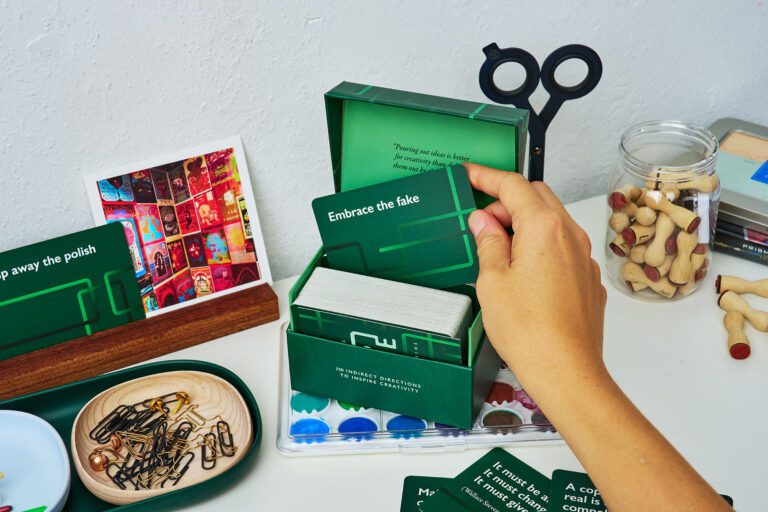A question that I’m often asked is, “How do I spark my creativity?” I find it very helpful to consider this question, to make sure I keep doing the things that keep me sparked!
These are the strategies that work for me; I’m also fascinated to learn about other people’s methods of stoking their creativity and productivity.
1. Reading. Reading is my tree house and my cubicle, my work day and my snow day. One of my favorite things about myself is that I often become intensely interested by certain subjects. I’ll do countless hours of reading about these subjects, sometimes over the course of years. For instance, my preoccupations have included: color, clutter, aphorisms and proverbs, the placebo response, the sense of smell, dogs, the Eleusinian Mysteries, Winston Churchill, cold reading, the nature of biography, the question of why owners would destroy their own possessions, happiness—and, very appropriately for this post, ways to spark creativity. (So if you have suggestions, send them my way!)
2. Taking notes. When I read, I’m always looking for passages that I want to note. I mark them as I read—either by adding a sticky flag if I’m reading a library book, or by marking the page if I own the book. Then, when I’ve finished the book, I type my notes into my computer. I have many giant documents that hold various types of notes, and sometimes, one part of a giant document will split off and form its own book.
3. Talking to people. I get many of my most important insights and examples from conversation. For instance, years ago, at lunch with a friend, she said, “I don’t get it. I know I’m happier when I exercise, and when I was on my high-school track team, I never missed track practice. So why can’t I go running now?” Our conversation haunted me, and pondering her question gave me a crucial clue in my understanding of what became my Four Tendencies personality framework. Back to #2—if I want to take notes during a conversation, I email myself.
4. Watching documentaries, movies, TV shows, plays…more fodder! Ask me about the Get Back documentary. I can’t stop thinking about it.
5. Making a daily visit to the Metropolitan Museum. As part of my research for my book about the five senses, I do a “daily visit.” I visit the same place every day—to see how the place changes over time, and how each of my senses reveals different aspects of it, and how making a daily visit changes me. I may visit the Met every day for the rest of my life. Also, when I go to the Met, I’m walking (research shows that walking is very good for creativity) and I’m also spending time outside as I make my way there and back (also good for creativity).
6. Turning my ideas into some kind of written creation. This could be a book, like Better Than Before. Or a podcast episode of Happier with Gretchen Rubin. Or an entry in my “5 Things Making Me Happy” weekly newsletter. Or an entry in my Book of Aphorisms. Or an article like this one. To think through ideas, to organize my thoughts, to test my conclusions, I always need to put them into words.
7. NEW: Creating physical objects. Inspired by my five senses, I’ve become increasingly drawn to the prospect of making tangible, visual creations. I write about one such project in my upcoming five-senses book (stay tuned! I love this project), and when my daughter Eleanor and I were in Paris together, she made an impassioned case for why I should put more energy into making things. The thing that surprised me was that once she suggested it, I knew what I wanted to create. Can I execute on my vision? I don’t know. But I’m enthralled with the prospect.
8. Tapping into my five senses. When I started my research, I predicted that tuning into my five senses would spark my creativity—and wow, that has happened. In fact, I’m a bit overwhelmed by how many more projects I’m working on or planning. (If you’re thinking, “Okay, Gretchen, but how did you tap into your five senses?” never fear, that’s what my next book is about.)
9. Giving myself recess. To keep going, I need to let myself stop. As an Upholder, I can get very focused on my schedule and my to-do list, so I schedule time to goof off (as ridiculous as that may sound). For instance, going to the Met (#5) is one way to make sure I have time to wander. Also, because I’d read so much research about the benefits of a daily nap, I’ve been napping regularly as part of #Rest22in22. I’m a real fan of the short mid-day nap.
10. Working steadily. I realized a long time ago that if I want to create, I need to work constantly. As one of my aphorisms (see #6) holds, “Pouring out ideas is better for creativity than doling them out with a teaspoon.” I work just about every day—including weekends, holidays, and vacations. It might just be twenty minutes, but I sit down to work. For me, that practice works best. Relatedly…
11. Suiting myself. I plan my work with my natural rhythms in mind. I’m a real morning person, plus I love the silence of the early morning, so when I’m doing original writing or tricky editing—my most difficult intellectual work—or other difficult tasks, I tackle them in the morning. As the day goes on, I turn to less taxing work. Nevertheless, while many experts say, “Never look at your emails first thing in the morning,” and even though that’s precious time for me, I know that for me, it’s impossible to concentrate on anything until I’ve glanced through my emails to make sure there’s nothing I want to answer. That works for me.
In my study of happiness and human nature, I’ve learned something essential: there’s no magic formula, no one-size-fits-all solution for happiness, creativity, or anything else. We won’t make ourselves more creative and productive by copying other people’s habits; we must know our own nature, and what habits serve us best. In his fascinating book Daily Rituals: How Artists Work, Mason Currey examines the work habits of 161 writers, composers, artists, scientists, and philosophers. His examples make it clear that while brilliant people vary tremendously in the specific creative habits they follow, they all know very well what habits work for them, and they go to enormous lengths to maintain those habits.




